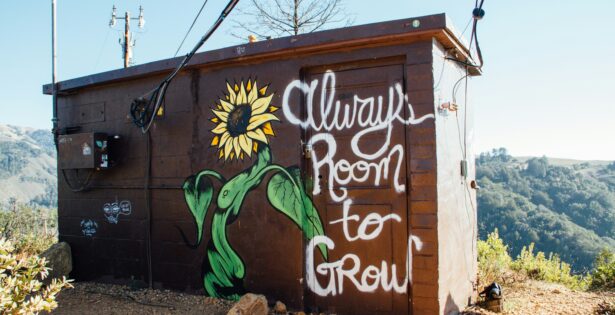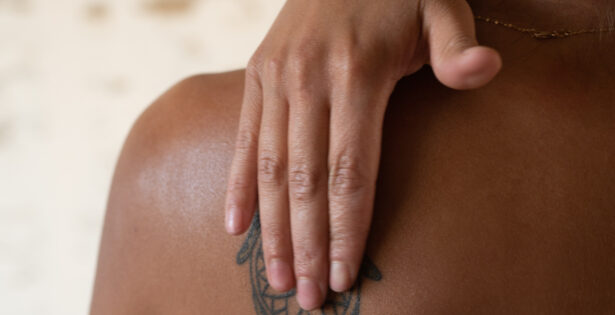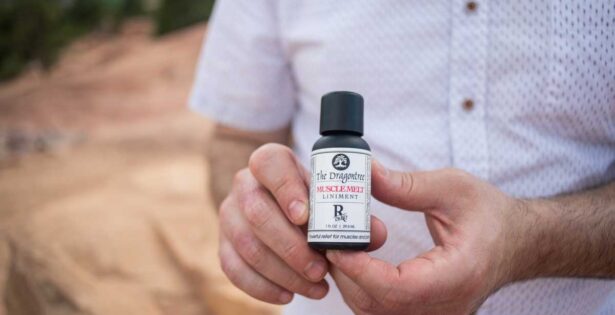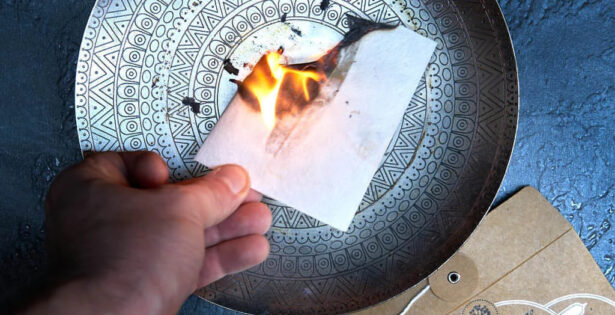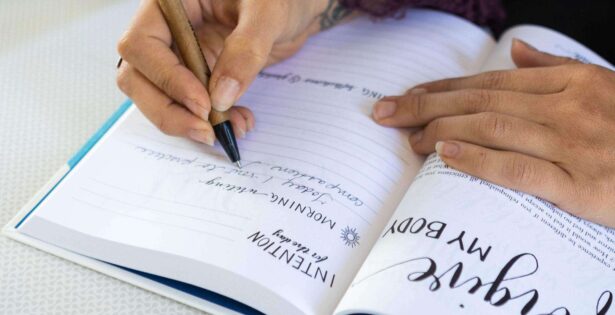Do you know what finna, on fleek, stan, and W mean? If I didn’t have a teenager I probably wouldn’t either. (I’ll provide definitions below.) The older (and possibly lamer)… Read More
Bring yourself into balance now
Happy (almost) spring equinox! At the halfway point between the solstices, the equinox is a time of balance between day and night, hot and cold, and yin and yang…. Read More
[Video] Experiencing Greater Freedom
Discover a transformative practice for experiencing greater freedom with Dr. Peter Borten. Click below to watch the video and start your journey towards more spaciousness.
[Video] Natural Topical Pain Relief
Explore natural ways to manage pain with Dr. Peter Borten as he shares insights into the topical application of herbs, including the development of the Muscle Melt Patch. Click below… Read More
[Video] How We Get Out Of Stress
Join Dr. Peter Borten as he explores a profound approach to relieving stress: deepening our relationship with the spiritual dimension of life. Click below to watch the video and discover… Read More
What it Means to be a Coach
I once had an acquaintance who loved to tell people what to do. I never asked her what to do, but I got told what to do more times than… Read More
Dit Da Jow: Healing Elixir or Ancient Myth?
When I was in grad school for Chinese Medicine, I’d often see students hanging around campus engaged in related ancient Chinese arts, such as tai chi, qi gong, calligraphy, studying… Read More
Six Ways a Coach Can Help You Reach Your True Potential
I was having a conversation with a friend the other day about the prevalence of life coaches and other professionals who aim to guide others toward reaching their goals or… Read More
Seven Steps for Harnessing the Power of Your Intention
When building with wood, I spent years trying to figure everything out by myself before it finally occurred to me that a book might be helpful. I found one with… Read More
From Potential to Expression: The Power of Flexibility in Life
Spring is here! In this seasonal phase we are naturally filled with many of the qualities that are currently on display in the natural world. In Five Element philosophy it’s… Read More
You Are An Onion: Getting to Know Your Layers
Around the age of 20, I got a book called The Science of Homeopathy by a Greek homeopath named George Vithoulkas. It was so eye-opening that it inspired my path… Read More
Can You See People’s Light?
Over the years of getting to know the graduates of our life coach training program, I’ve found that everyone has a special gift (or several). One that’s especially beautiful to witness… Read More
Every hardship is an opportunity to let go
Seven years ago, Briana and I started working on a book for people who are ready to transform their lives. It’s called Rituals for Transformation. It features 108 lessons to… Read More
How to Take Back the Power You’ve Given to Others (13 Steps)
Last week I wrote about giving away our power, and how it’s more common and subtle than we might think. We looked at some of the many ways people give… Read More
Have You Been Giving Away Your Power?
When I first heard the term “take back your power” some decades ago, I thought it pertained mostly to relationships in which one person was overly submissive to the other…. Read More



 Cart
Cart